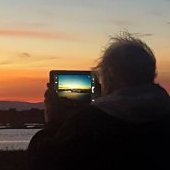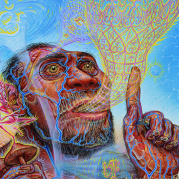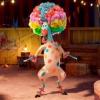The whole premise misunderstands the nature of probability and statistics. How would you go about putting this into a formula? How do you account for the individual reactions of human and sasquatch in an unexpected sighting situation, the quality of the camera the human may or may not have around their neck or on their phone, and do they even remember they have it? These are not excuses! These are the multitude of real world variables at play that take this way beyond the realm of quantifiable odds.
The fact that sasquatch are almost always aware of our presence in their woods, and that these are almost unanimously the type of encounters we achieve as 'researchers,' and why we should never expect photos from such encounters, is probably something that's been suggested to you many many times, and isn't really the point here.
I have an odds question for you: Given the popularity, interest, and alleged money to be gained from creating a convincing hoax photo or video, and considering the advances in costume and special effects technology, what are the odds that BY FAR the best hoax comes from 1967? Better or worse odds than whatever factors led to the genuine video?
Take a crack at working out an actual formula for any of this, I'll be back to poke a thousand holes in your assumptions.


